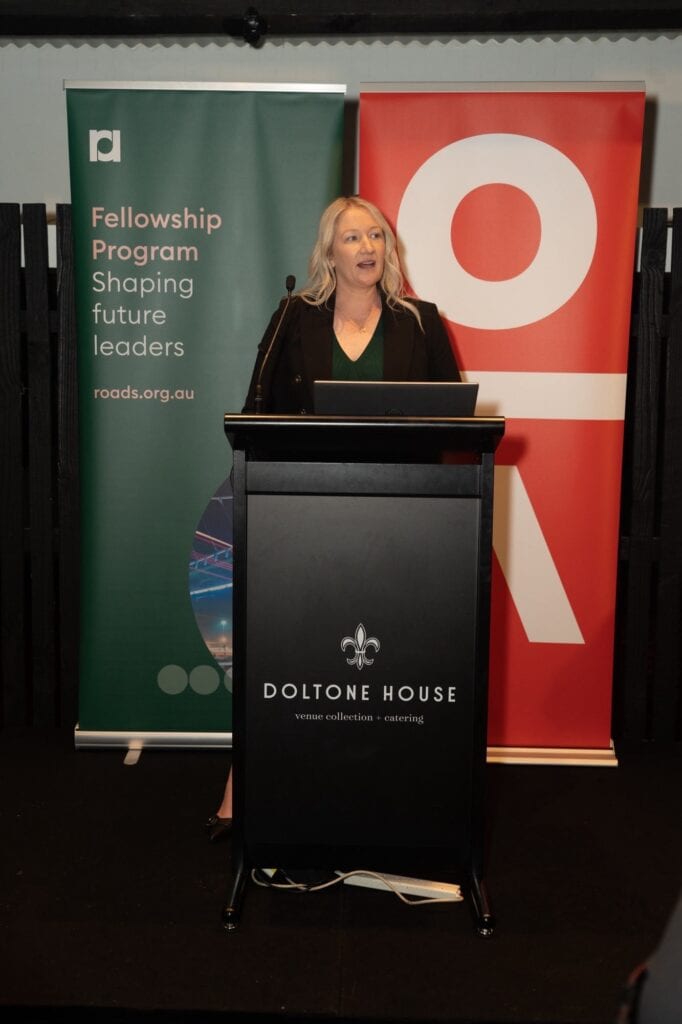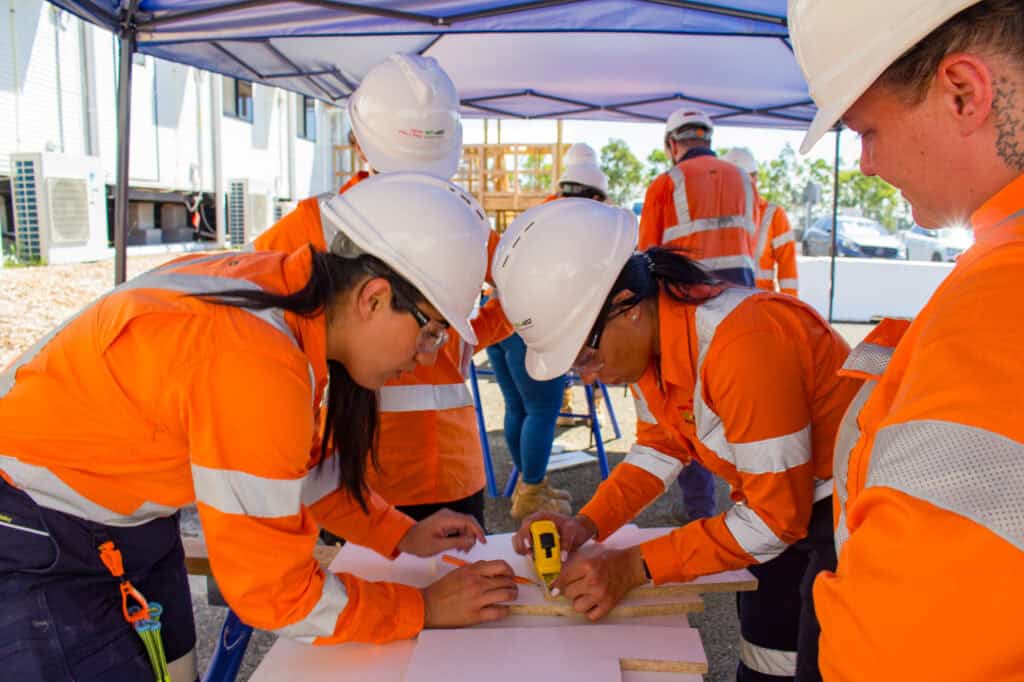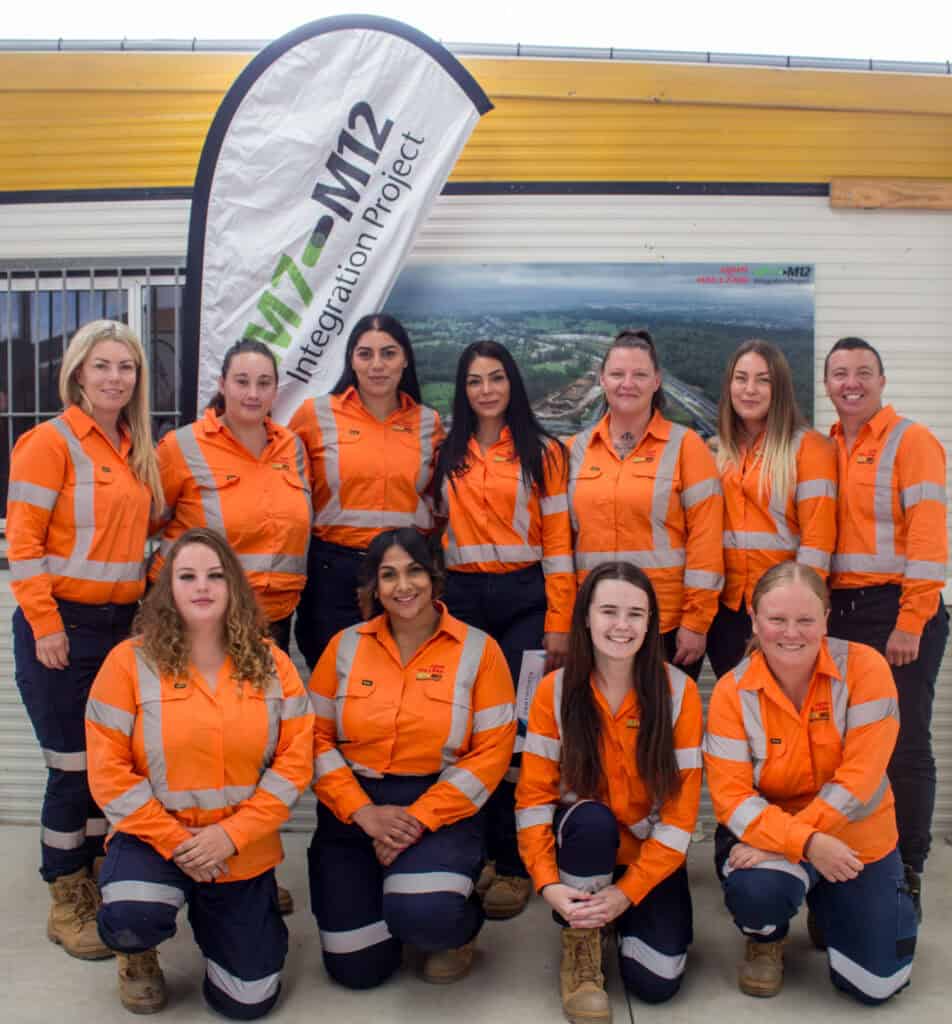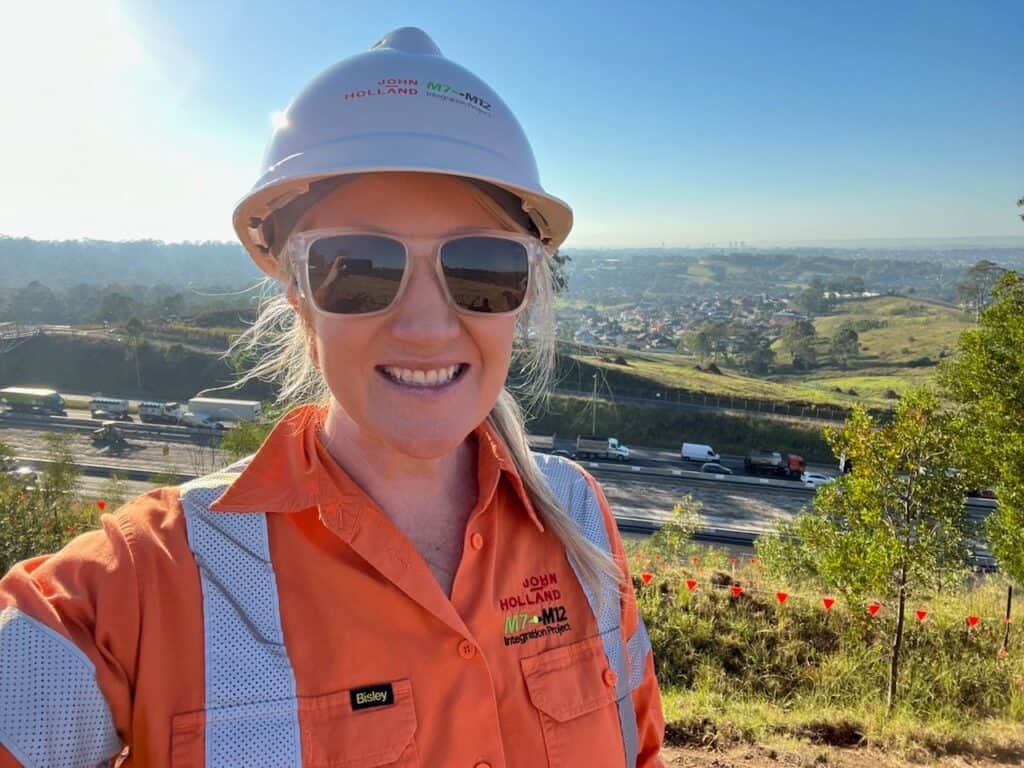By Stefanie Nutt – People & Culture Director, M7-M12 Integration Project, John Holland Group

address to RA Fellows
As I browsed the Roads Australia website, searching for inspiration for this column, one of their policy priorities immediately caught my eye: unlocking the potential in people. With more than 15 years leading teams in the mining and construction industry, I’ve developed an invaluable arsenal of tools to help me get the most from the people around me. And now, as the People and Culture Director at John Holland’s $1.7b M7-M12 Integration project in Western Sydney, I’m keenly aware of the power of influence and how it can be harnessed effectively.
The traditional approach to leadership relies on authority to direct outcomes and achieve results. While this may bring short-term success, it often creates a culture of dependence within teams, where individuals wait for instructions on how to do their job. I’ve discovered that focusing on relationship-building is far more effective, and there are three specific techniques I use to create a culture of empowerment.
Firstly, I view relationships as emotional bank accounts. By creating positive experiences and forging connections, I make ‘deposits’ into these accounts. This can be a highly effective means of driving change. In my role, I often find myself engaged in difficult conversations that require significant ‘withdrawals’ from these accounts, so having a history of deposits is crucial.
Secondly, I build a strong network of support. This network includes colleagues, industry peers, and members of our wider community. Engaging with these groups allows me to learn from their experiences, share ideas, and gain advocates who champion our projects, even when I’m not in the room.

Lastly, I see stakeholders as customers; and I consider both external entities and colleagues to be project stakeholders. Understanding their motivations, whether it’s personal ambitions, pleasing superiors, or the pursuit of success, allows me to identify the levers that influence them most effectively.
My role at the M7-M12 Integration project has tested my effectiveness in influencing change more than any other, and it’s delivered the absolute highlight of my career to-date: the Late Start program.
During my time in the mining industry, I was involved in implementing a 9am-3pm work roster that increased female representation by 150%. When I took on this role at John Holland, I saw an opportunity to introduce similar flexibility and diversity to the construction industry.
The Late Start program allows site workers to attend a pre-start meeting at 8:45am, instead of the traditional 6:45am start. This enables them to fulfill personal responsibilities, such as school drop-offs or caring duties, while pursuing a fulfilling career in construction.

The program marks a significant evolution, not just for our specific project, but for the broader sector, and so it goes without saying that it was met with some resistance. Some people doubted its return on investment, others questioned potential productivity implications, and many were concerned about the communication of critical safety information. Yet, armed with a deep understanding of my customers and a strong network of supporters, I was able to convince these challengers of the program’s potential, and it was ultimately given the green light.
The response has been overwhelming. The pilot program attracted hundreds of applicants, from which we selected 11 women with diverse backgrounds and industry experience. Now, six months into an apprenticeship, these remarkable individuals can balance the demands of their personal lives while pursuing careers they once thought were out of reach.

I’m incredibly proud of what the Late Start program has achieved, and I hope its success demonstrates that using influence to drive change is not just a lofty goal; it’s a proven strategy that generates real results – results that can transform lives, businesses, and entire industries.
I’m aware that my tactics for influence aren’t ground-breaking, however it’s worth noting that when you have influence, you can be ground-breaking. To make an impact and drive real change, you need to earn the respect of others and build teams that work cohesively towards shared goals. It’s not easy, but it’s absolutely worth the effort, the hours and the conversations required to get there.